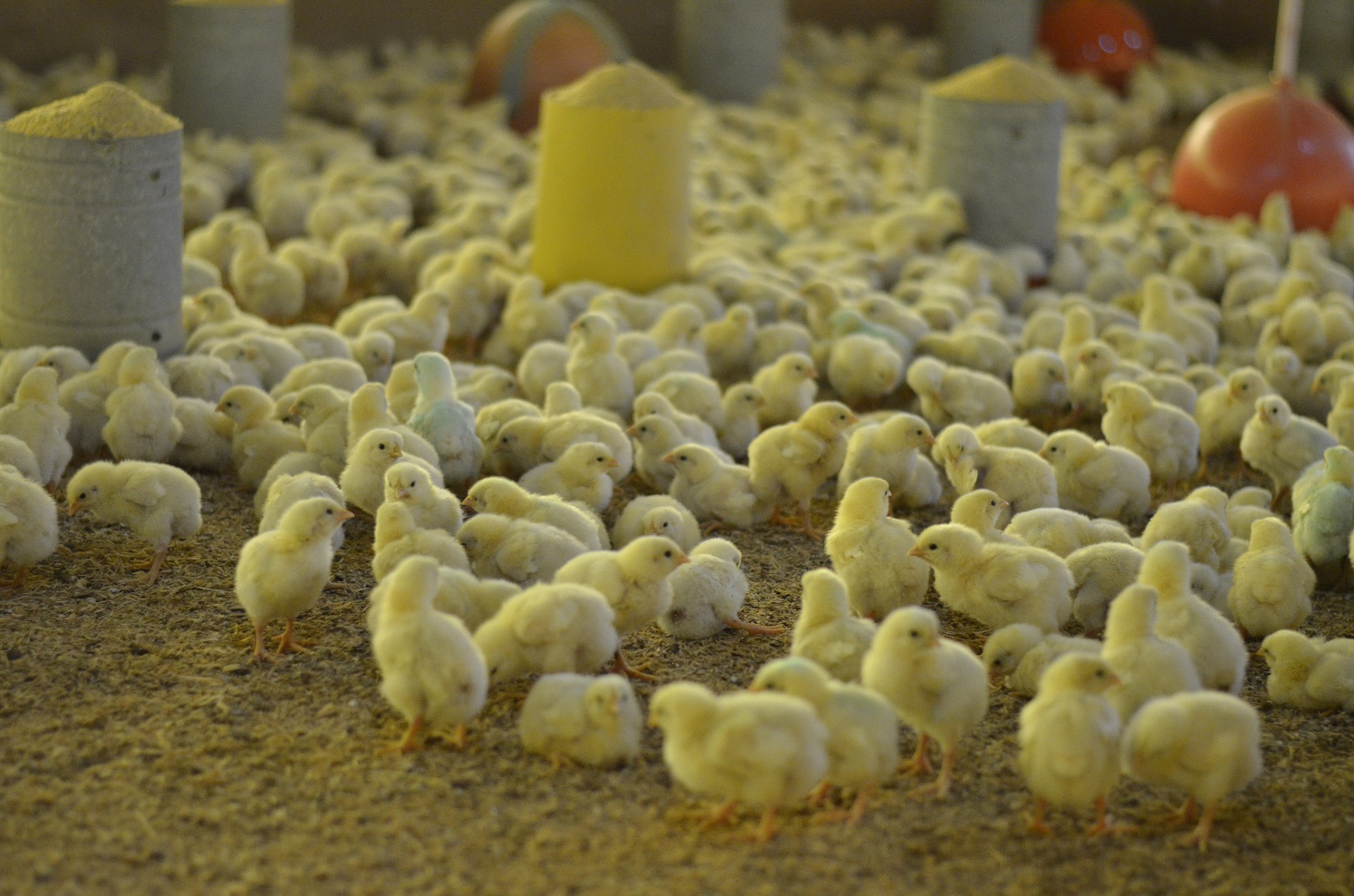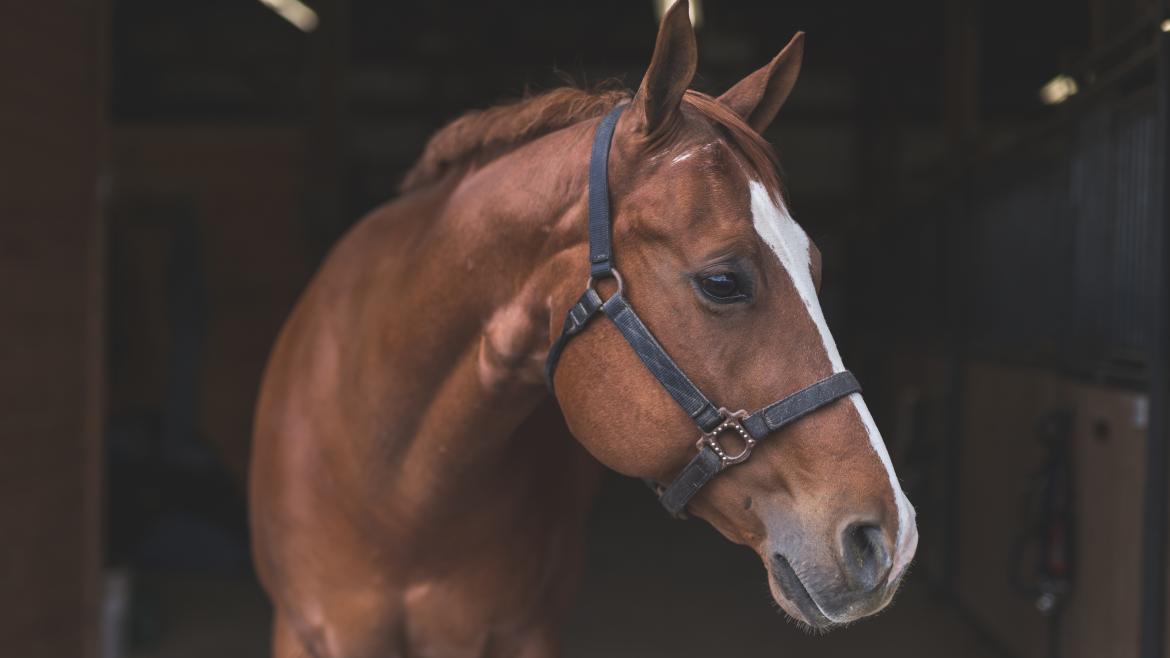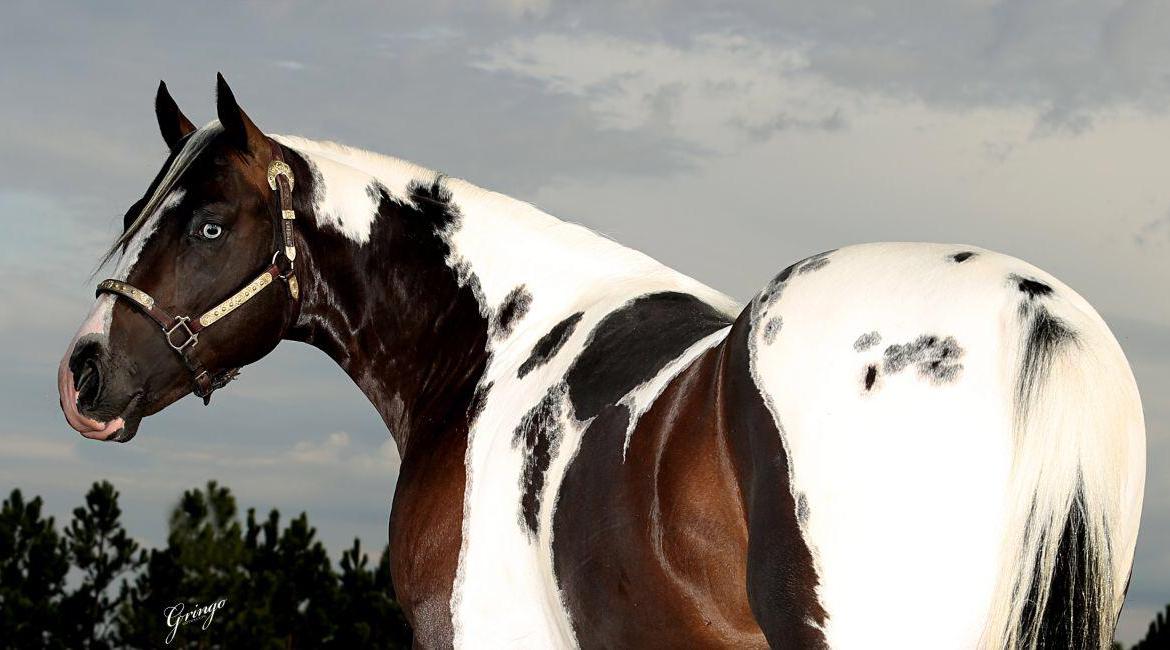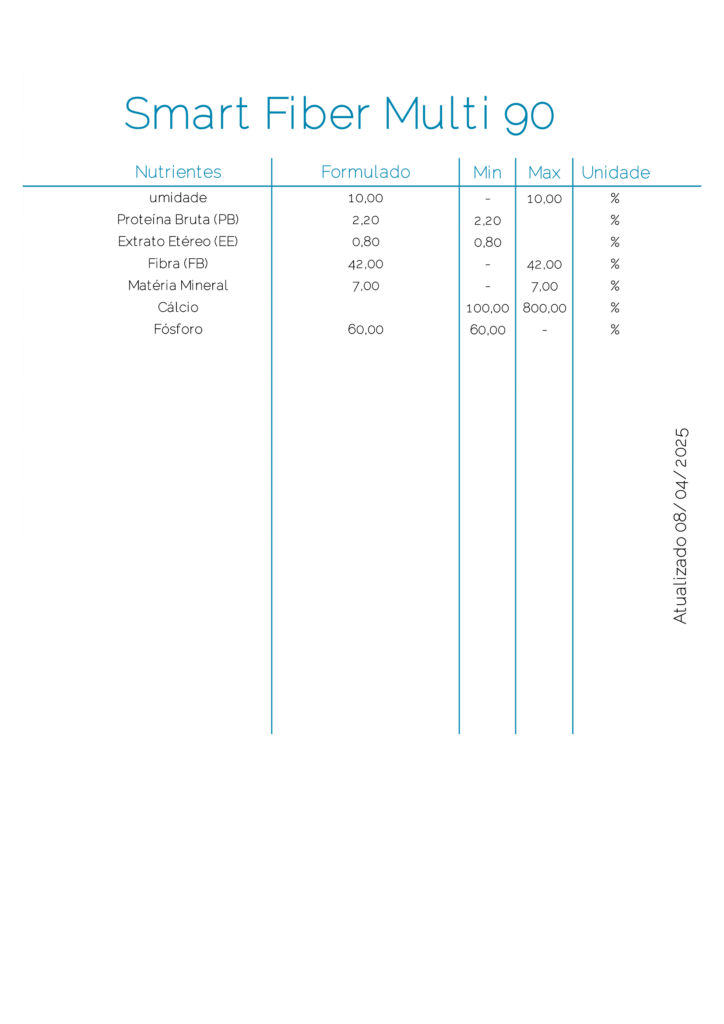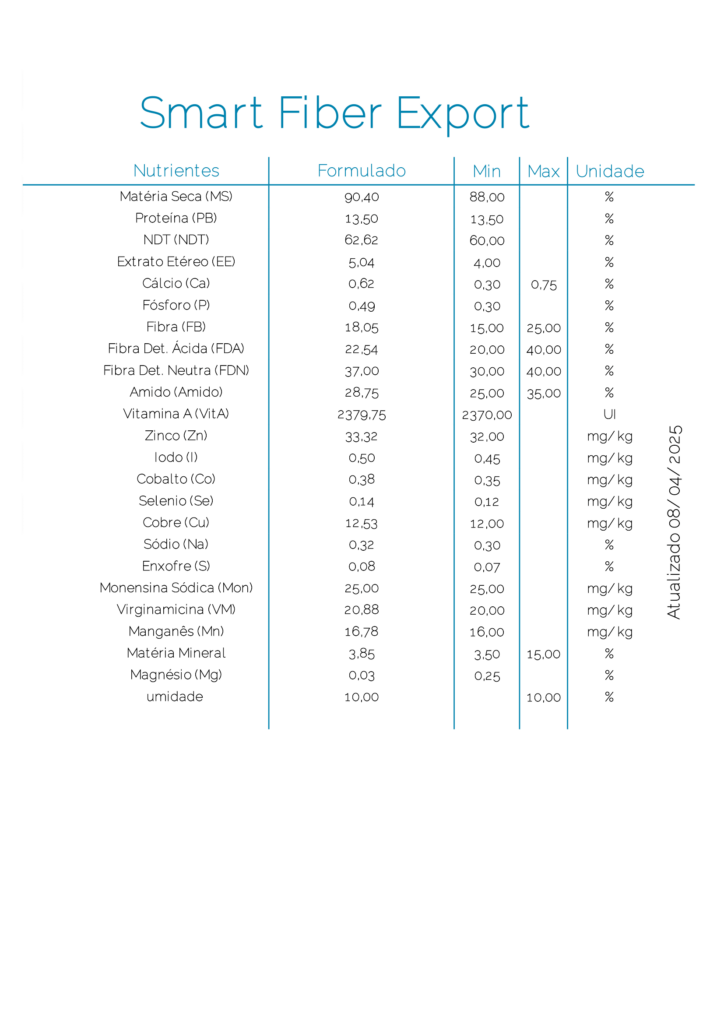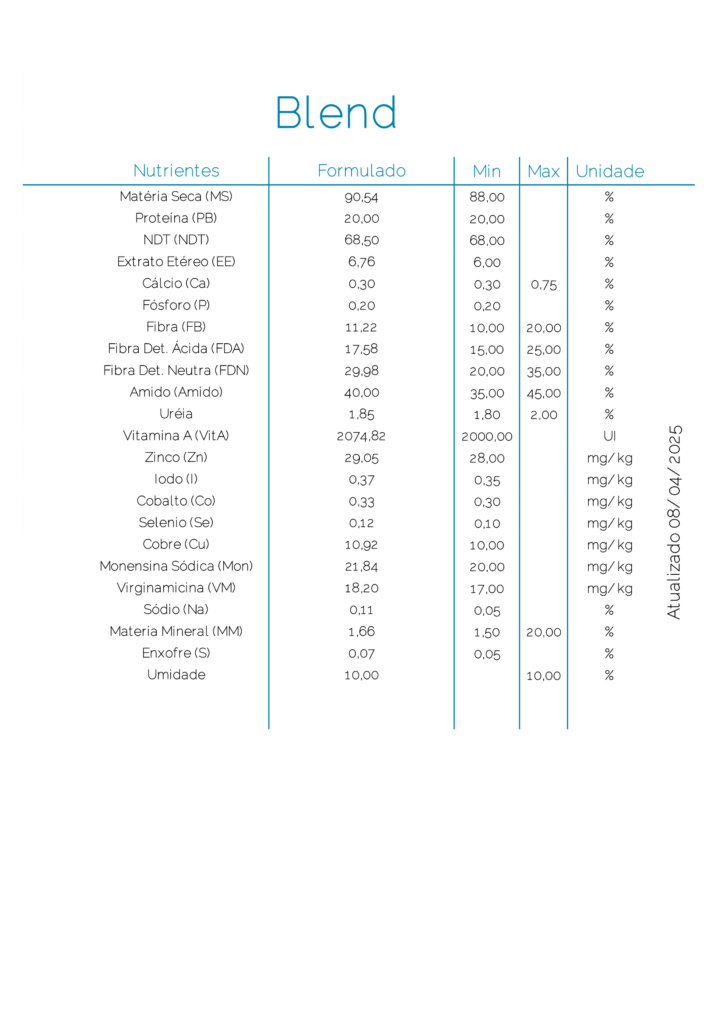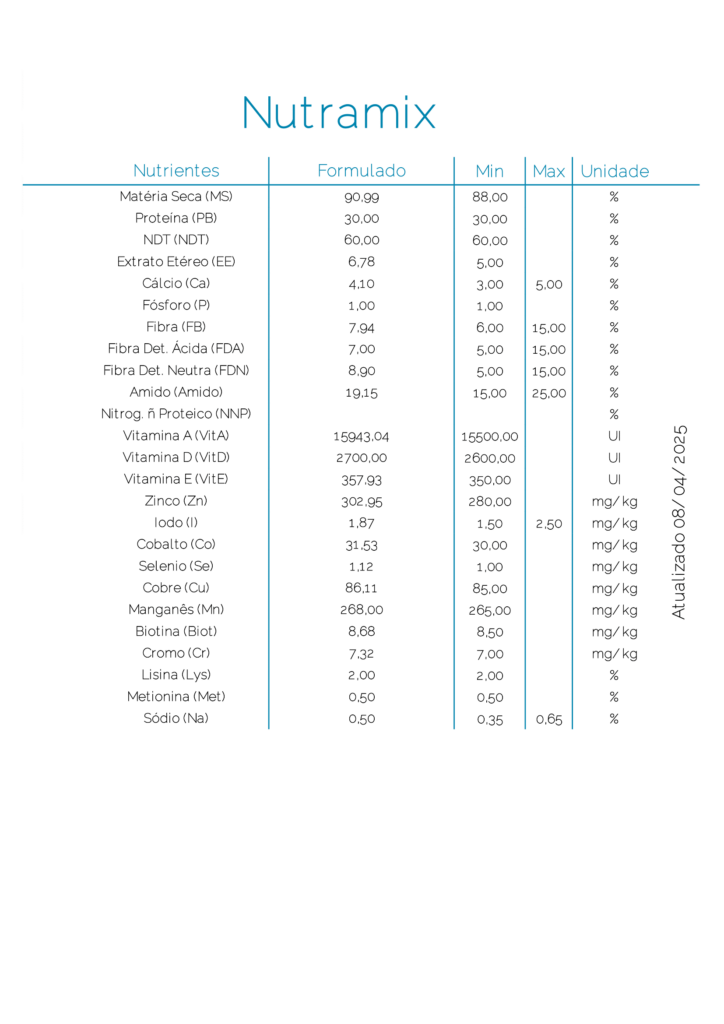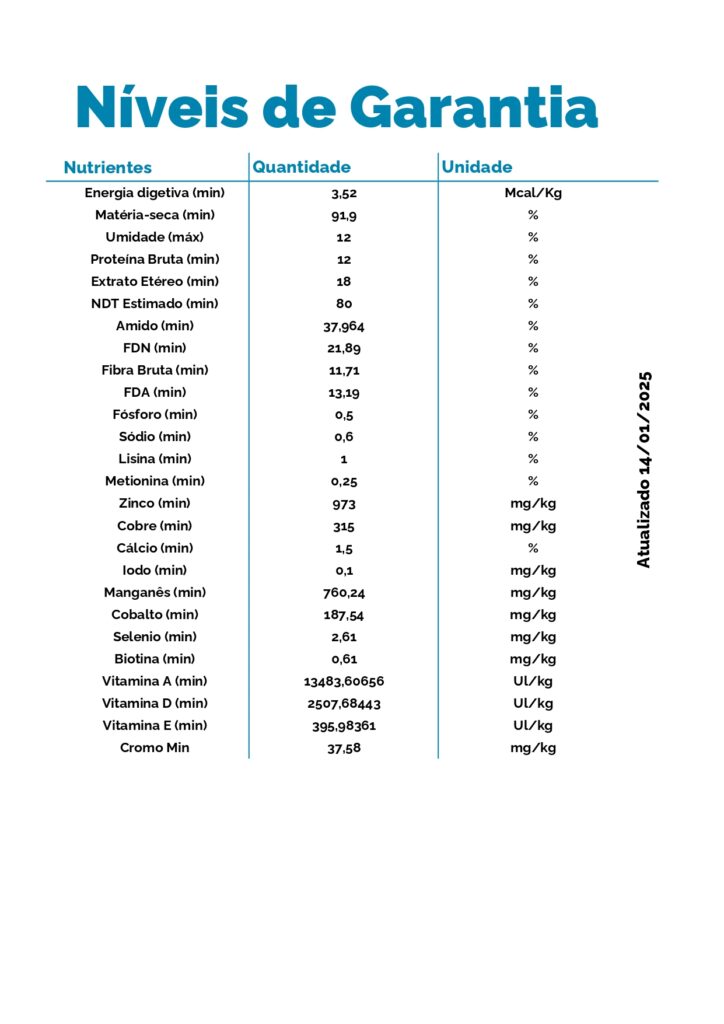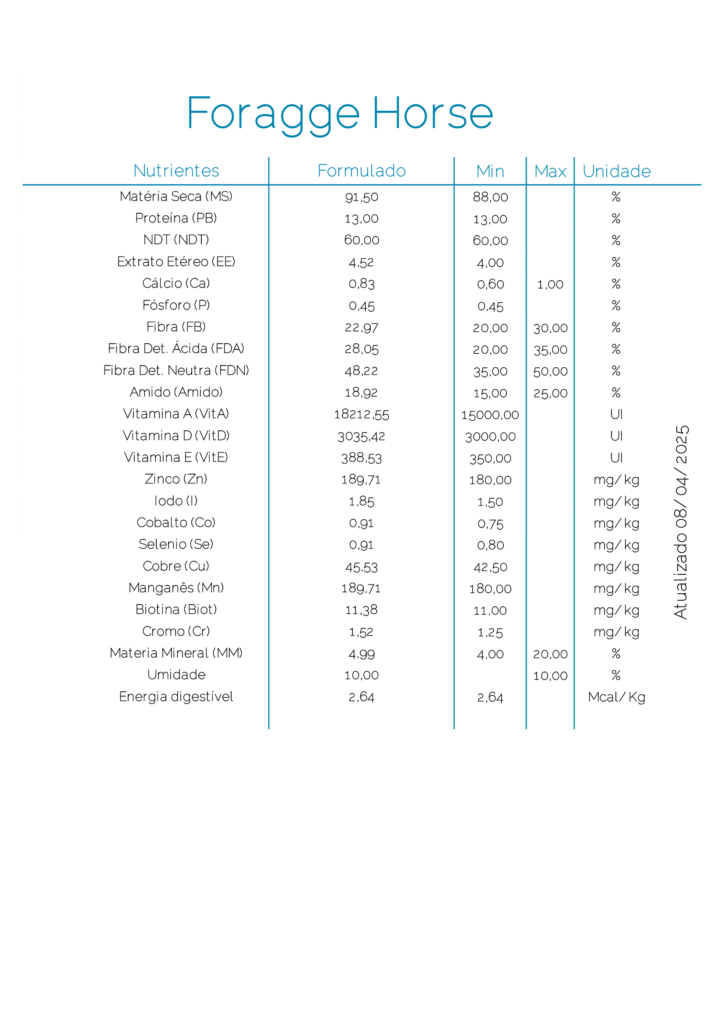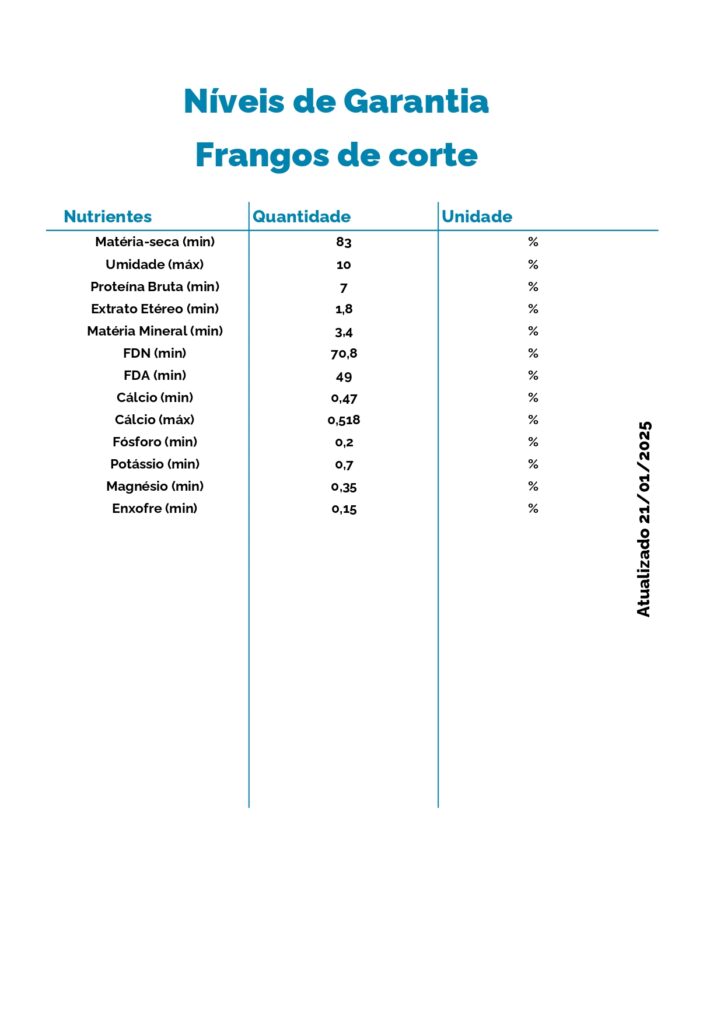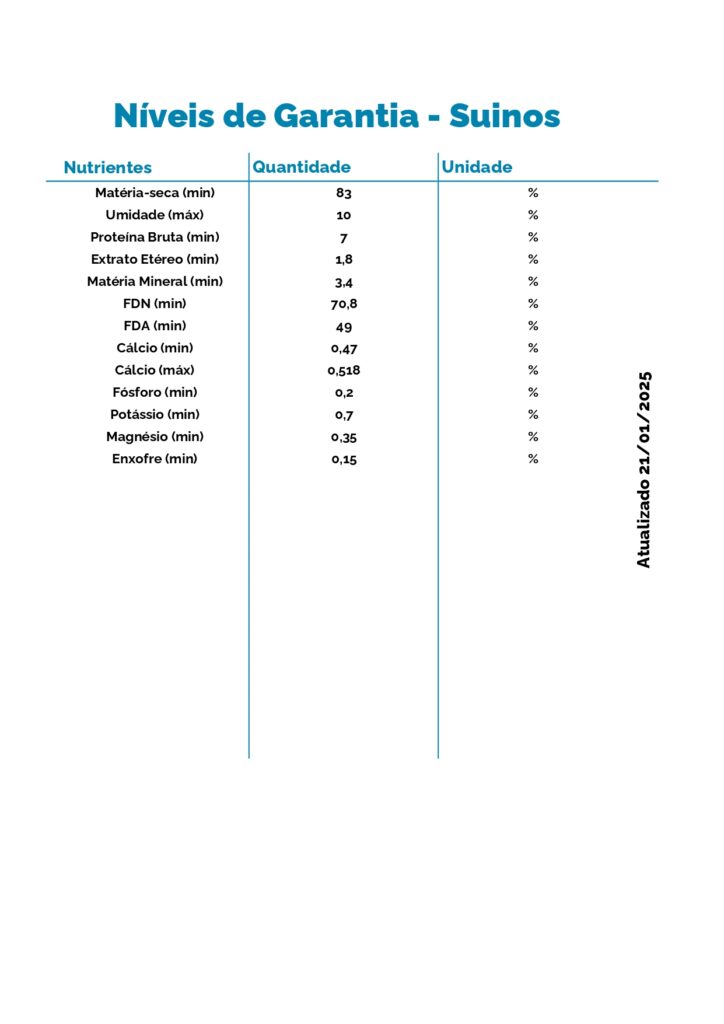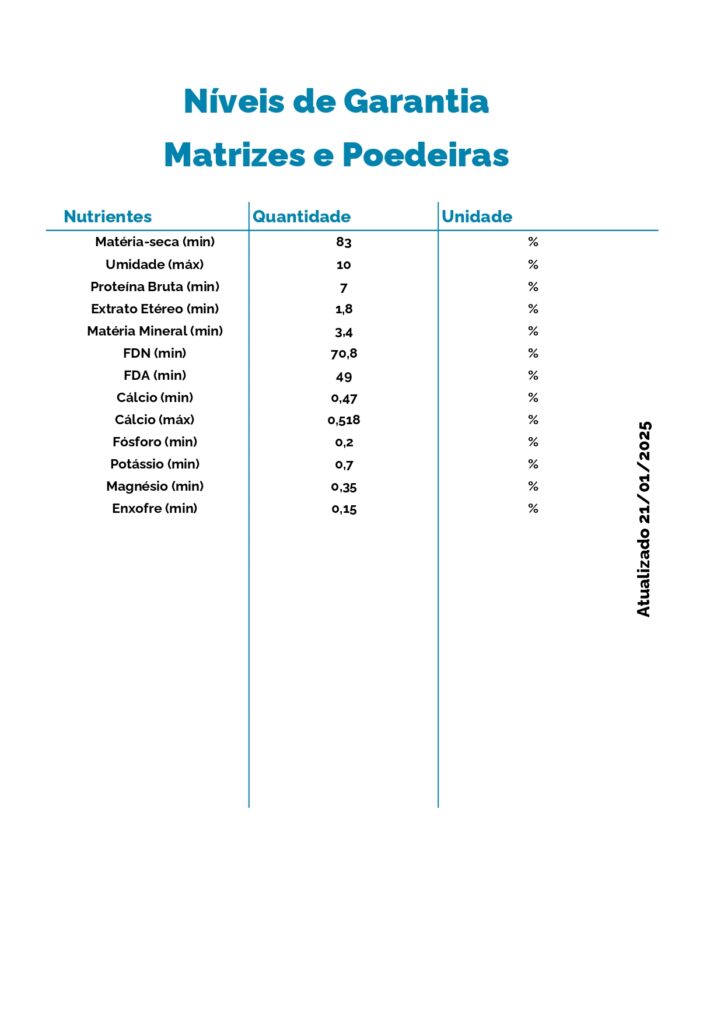Quem são estas empresas? Como é a regulamentação deste setor? Quais são as principais estratégias adotadas por este segmento?
De acordo com Matsuda 2013, dentre os maiores produtores e exportadores de carne, o Brasil ocupa a posição de terceiro maior produtor de produtos destinados a alimentação animal, ficando atrás apenas para os Estados Unidos e China. O mesmo autor relata ainda que, o setor apresenta três segmentos, sendo o primeiro para as rações comerciais ou rações prontas, o segundo é composto por suplemento mineral para consumo de bovinos e equinos, e o terceiro é de premix, ou seja, conjunto de micronutrientes, como as vitaminas e minerais.
Mesmo em um cenário de desafios da economia global, o setor de rações e suplementos para animais de produção e companhia cresce a âmbito nacional, saindo de 66,5 milhões de toneladas no ano de 2015 para uma projeção de 68,5 milhões de toneladas em 2016. (ZANI, 2016). Conforme o referido autor, deste total, 39,1; 16,3; 2,5; 0,59 e 1,01 milhões de toneladas de rações, são destinadas respectivamente para as aves, suínos, bovinos, cães e gastos, equinos e aquacultura.
Segundo a AgroAnalysis 2013, a movimentação anual do mercado brasileiro no valor de R$ 16 bilhões, provém de um total de quase 2.500 empresas de nutrição animal, como por exemplo a Nutron, Tortuga, Royal Canin, Premier e Cobasi. Logo, para garantir destaque neste setor, as instituições buscam soluções tecnológicas mais avançadas e focadas na alimentação animal, que vão desde o campo à mesa, passando por toda a cadeia do produto. Além disso, o relacionamento próximo com os clientes é uma ferramenta importante para levar ao pecuarista informações sobre parasitologia, nutrição e produção, que de modo geral não são obtidas com facilidade e, assim cria-se um vínculo mais forte entre a empresas e produtores.
Enfim, para que seja garantido a qualidade dos produtos destinados a alimentação dos animais, a segurança e rastreabilidade, bem como, se adequar as condições higiênicas e sanitárias nos estabelecimentos responsáveis pela fabricação, fracionamento, importação, exportação e comercialização de rações, suplementos, premix, núcleos, alimentos para pets, ingredientes e aditivos para alimentação animal, é preciso o registro no MAPA e ficar atento a legislação vigente.
Abraço a todos!
Rosilene F. M. Mota
Zootecnista
CRMV-GO 01622
Fontes:
Matsuda, J. 2013. Mercado de suplementação animal e seus desafios. Disponível em:<http://bibliotecadigital.fgv.br/ojs/index.php/agroanalysis/article/viewFile/20112/18855>. Acesso em: 18/10/2016.
ZANI, A. 2016. Custo de produção prejudica cadeia produtiva. Disponível em: <http://sindiracoes.org.br/wpcontent/uploads/2016/06/boletim_informativo_do_setor_maio_2016_vs_final_port.pdf>.Acesso em: 18/10/2016.

